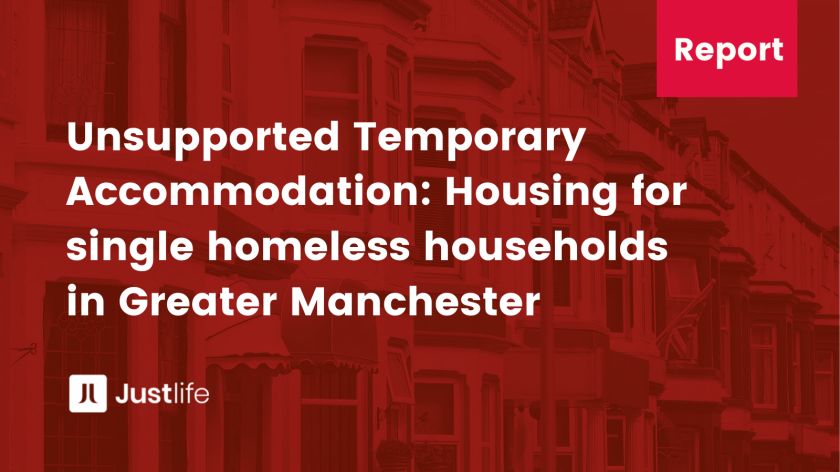It feels odd to say that ‘homelessness is complicated.’ Surely it should be simple, meaning someone no longer has a roof over their head, but in reality, homelessness is really so much more than rooflessness.
Homelessness is the loss of home—a space that provides privacy, safety, security and a sense of control. Therefore, although they have a roof over their head, someone can still be homeless while living in short-term, insecure housing. In England, hundreds of thousands of individuals, children and families live without a home under some form of temporary arrangement, whether that is (but not limited to) sofa surfing, squatting or living in temporary accommodation. The blight of hidden homelessness is worse in numeric terms than rough sleeping, yet it doesn’t seem to cut through national conversations. It is almost as though the problem of hidden homelessness does not exist.
The lack of national attention is partly due to an evidence deficit. There just isn’t enough knowledge about different types of hidden homelessness to really drive change. This report, therefore, is an effort to fill some of these knowledge gaps.
Since 2014, we have been building a body of evidence into a type of hidden homelessness within temporary accommodation. Specifically, we have focused on unsupported temporary accommodation (UTA), which is where single homeless households often end up living if they are not rough sleeping. UTA is private, short-stay accommodation where individuals have no permanent residency status and limited access to local authority support for rehousing. Our aim over the years has been to provide the much-needed evidence that UTA exists (Maciver 2017), that it has a terrible impact on the health and wellbeing of residents (Rose & Davies 2014; Rose, Davies & Maciver, 2016) and, yet, that there are things we can do to help (Maciver et al, 2016; Maciver & Yates 2017).
The report ‘Unsupported Temporary Accommodation: Housing for Single Homeless Households in Greater Manchester,’ is the culmination of this work that began to highlight a previously unknown/undefined problem, look at the impact on the health and wellbeing of residents, estimate the national population of UTA, and finally, in this latest report, to examine the possibility of identifying UTA data in a specific locality. With this in mind, we developed a multi-pronged methodology to discover as much as possible about UTA in Greater Manchester, providing a pre-pandemic snapshot of the existence, scale and impact of UTA across GM.







